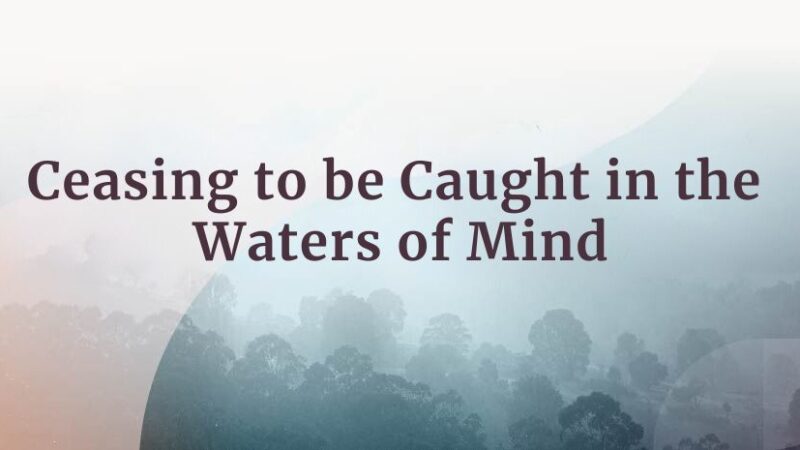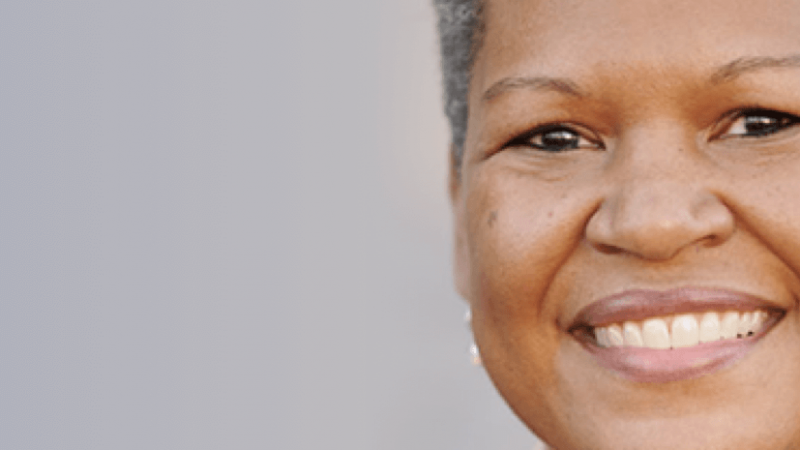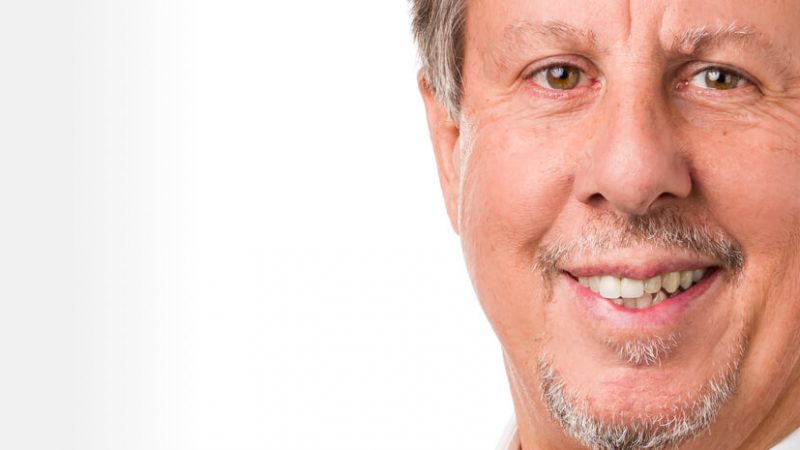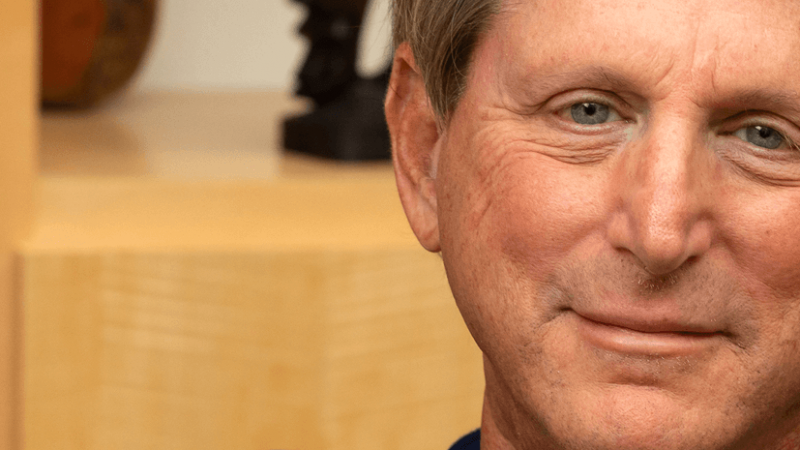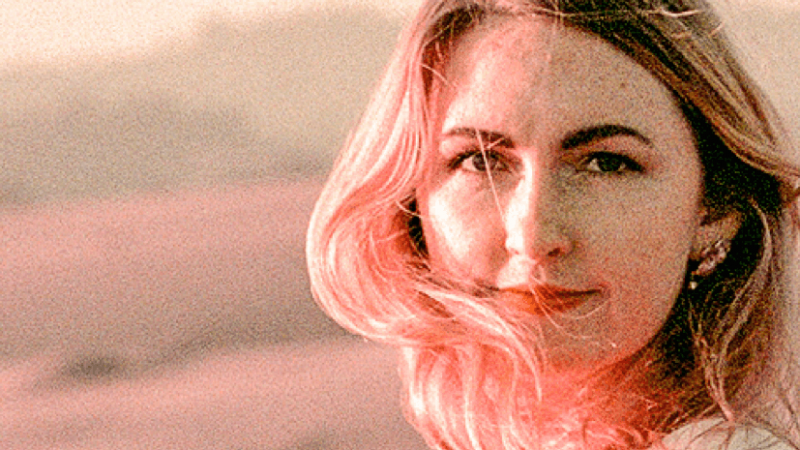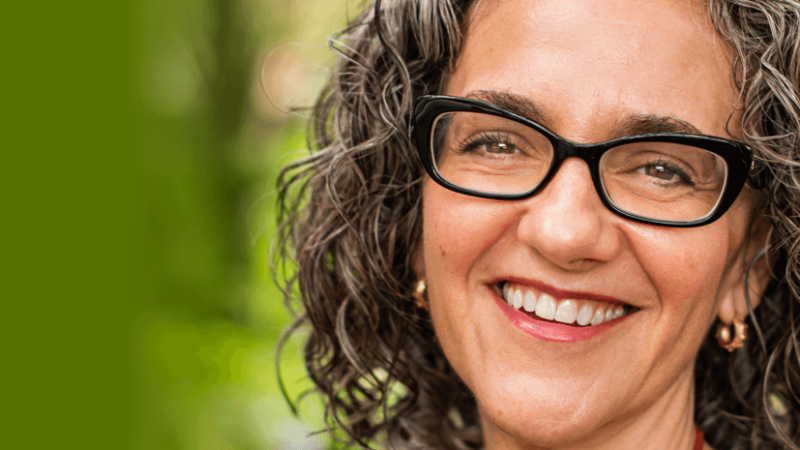S1 E1: Ceasing to Be Caught in the Waters of Mind
The natural state of the mind is like calm, still water, teaches Michael Singer. The practice of spiritual surrender—to “relax and release” our resistance to whatever arises in our experience—is the pathway to enjoying serenity of mind no matter what the universe throws your way. In this podcast, Michael Singer uses the analogy of an aquatic bird maintaining its balance on rough water to illustrate what to do and what not to do if we want to stay poised and upright when life gets turbulent.
For more information, go to michaelsingerpodcast.com.
© Sounds True Inc. Episodes: © 2024 Michael A. Singer. All Rights Reserved.
